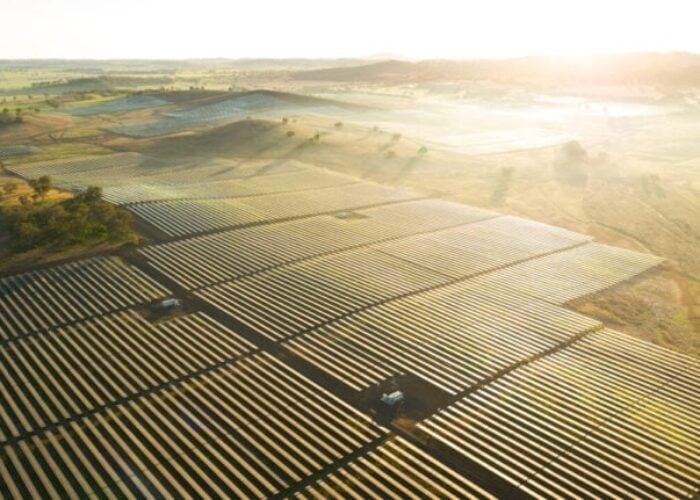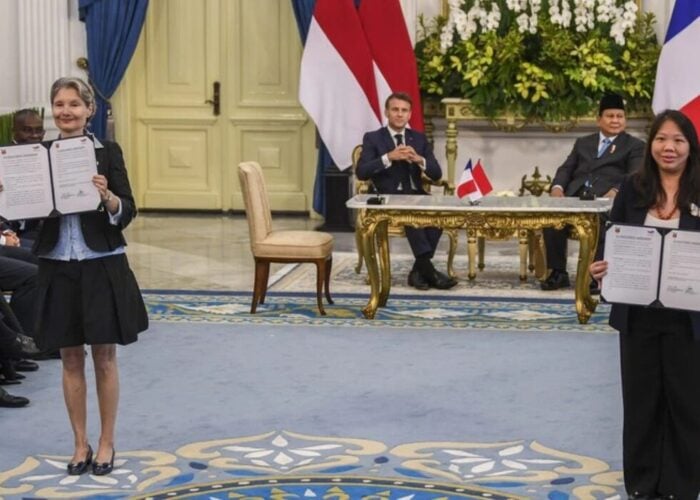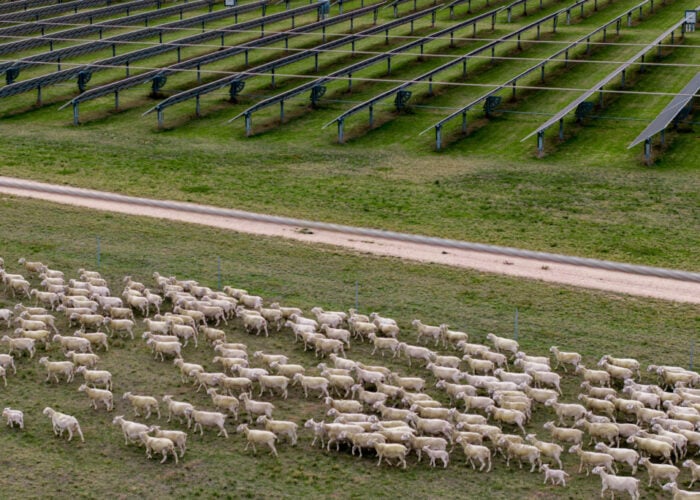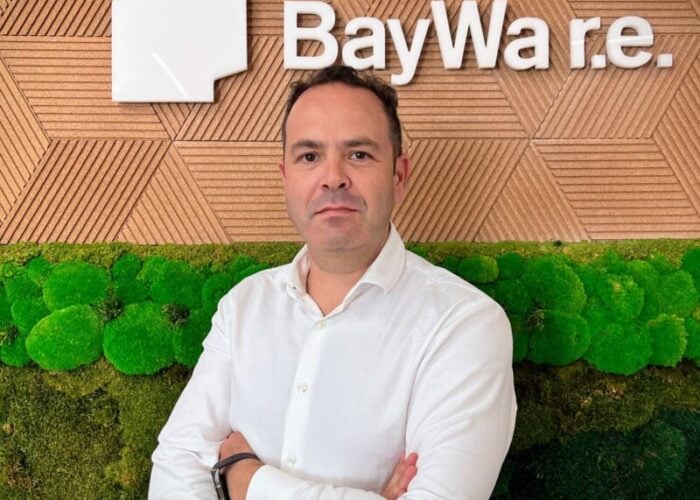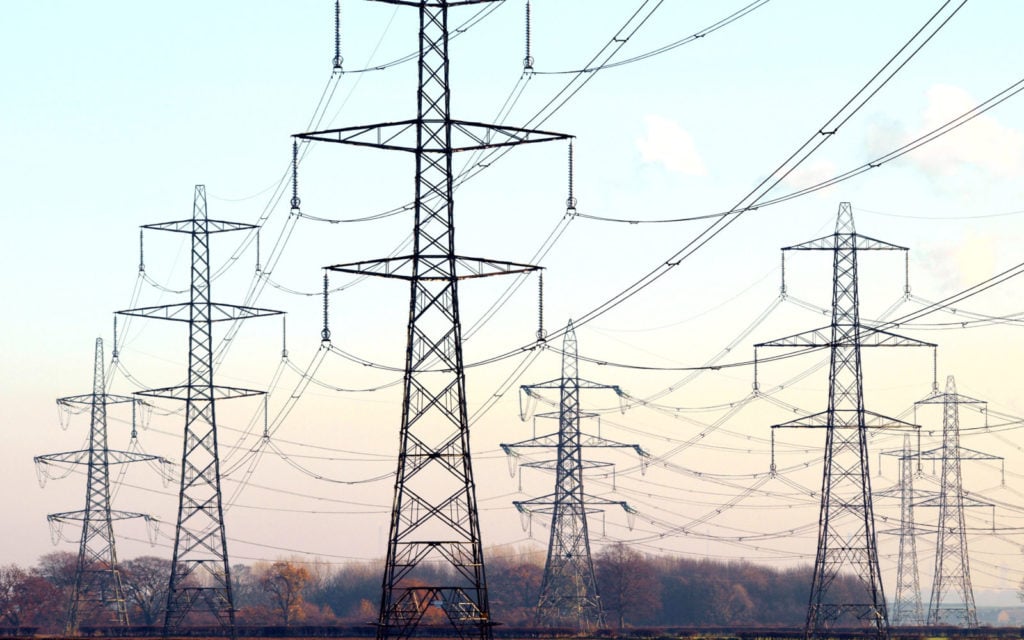
With the US House of Representatives passing a US$1 trillion infrastructure bill to upgrade the country’s power infrastructure, it is important to consider what ‘the grid of the future’ will actually look like. How big will these grids be? Who will manage them? Will it be the TSOs and ISOs of today or will some new configuration of control come about as a result of the demands we are set to place on transmission services?
PV Tech Premium spoke with grid stakeholders about what the grid of 2030 might look like. They spoke of vast transmission systems spanning continents with control increasingly centralised as regions are forced to integrate to provide the flexibility that renewables demand.
Unlock unlimited access for 12 whole months of distinctive global analysis
Photovoltaics International is now included.
- Regular insight and analysis of the industry’s biggest developments
- In-depth interviews with the industry’s leading figures
- Unlimited digital access to the PV Tech Power journal catalogue
- Unlimited digital access to the Photovoltaics International journal catalogue
- Access to more than 1,000 technical papers
- Discounts on Solar Media’s portfolio of events, in-person and virtual
Grids are about to get a lot bigger
The grids of 2030 will span vast distances, crossing continents and time zones as they seek to exploit and address geographical differences in radiance, transporting power form regions of the world with peak generation to those of high demand, pushing down prices and increasing energy efficiency.
In Europe, the evolution of the electricity system will require “stronger cross-border cooperation to address the challenges that will be regional and pan-European in nature,” an ENTSO-E spokesperson tells PV Tech Premium.
Even now, the European grid management organisation is working on the Trans European Replacement Reserves Exchange (TERRE) project, a cross border electricity balancing scheme run by 11 European TSOs designed to share power resources across member states. The Replacement Reserve (RR) platform will “enable the exchange and optimised activation of a standard product for balancing energy,” says ENTSO-E.
Based on a LIBRA solution, which supports exchange by pooling energy and optimising provision to TSOs’ needs, TERRE is the culmination of several years of work from ENTSO-E to get TSOs on board and establish market rules. The project is fully led by TSOs with ENTSO-E acting in an “observing and supporting role”, says a spokesperson.
Discussing the expansion of grid systems with PV Tech Premium, Randolph Brazier, director of innovation and electricity systems at the UK’s Energy Networks Association (ENA), says greater international cooperation will be critical to the grid system in 2030 and beyond.
While there are currently several interconnectors between the UK, France, Belgium, Denmark and more, Brazier says this is only expected to increase, with “a lot of additional interconnectors in the pipeline between those countries and other countries”.
India, on the other hand, has decided to aim higher than mere continental grid systems. It is targeting a global distribution network. The Indian government is seeking to ultimately establish a 140 country ‘common grid’ that will be used as “a channel for the transfer of solar power”.
The Green Grids Initiative – One Sun, One World, One Grid (OSOWOG) project, launched at COP26 on 2 November, will be split into three phases and seeks to exploit geographical differences in irradiance at different parts of the day to ensure a stable electricity supply across participating countries. The first phase will see the Indian grid connected to others in Middle East, South Asia and Southeast Asia
“The implementing mechanism will have to be more carefully worked out. It will involve multiple ministries, authorities within our country, cooperation and careful coordination with other countries,” says the India-led International Solar Alliance (ISA), which is conducting reports of the project’s feasibility and logistics.
Speaking at the time of the announcement, Nicholas Dunlop, secretary general of the Climate Parliament, a collective of legislators aimed at combating climate change, called it a “brilliant initiative” that represents “exactly the kind of bold thinking that we need if we’re going to accelerate the transition”.
North America is also tending towards far greater grid systems and international cooperation, says Rob Gramlich, founder and president of Grid Strategies LLC and executive director of the WATT Coalition.
He explains how presently on the US’ West coast, “southern California exports hundreds of megawatts of excess solar power in the middle of the day to the Pacific Northwest, and then at night excess hydro and wind ships southward.”
Indeed, the Federal Energy Regulatory Commission (FERC) “is trying to get better interregional planning of transmission and to get more integration of markets,” says Gramlich. A FERC spokesperson told PV Tech Premium that the transformation of the electricity sector will require new interconnection and transmission resources that have “different characteristics” from those of the past.
Gramlich, who frequently testifies before the US Congress on transmission matters, says one of the obstacles to greater connectivity is regional utilities who fear a lack of control over their operations and resist greater integration.
However, with interconnectors and transmission arrangements already currently in place between US, Mexico and Canada, Gramlich says this form of cooperation is only set to increase as the world moves towards 2030. Spreading out grid systems has a host of benefits in terms of driving down costs for consumers and suppliers, as well as flexibility and security of supply, he says.
All stakeholders PV Tech Premium spoke with saw the development of a larger grid system as a positive for the transition. It looks as though similar agents will manage the grid systems of the future – i.e. TSOs and ISOs – but they will have to act in a far more integrated and cooperative way. Grid operators, energy suppliers and off-takers should all be aware of the changes that are to come and try to imagine themselves, their operations and their role within this new, expanded system.

